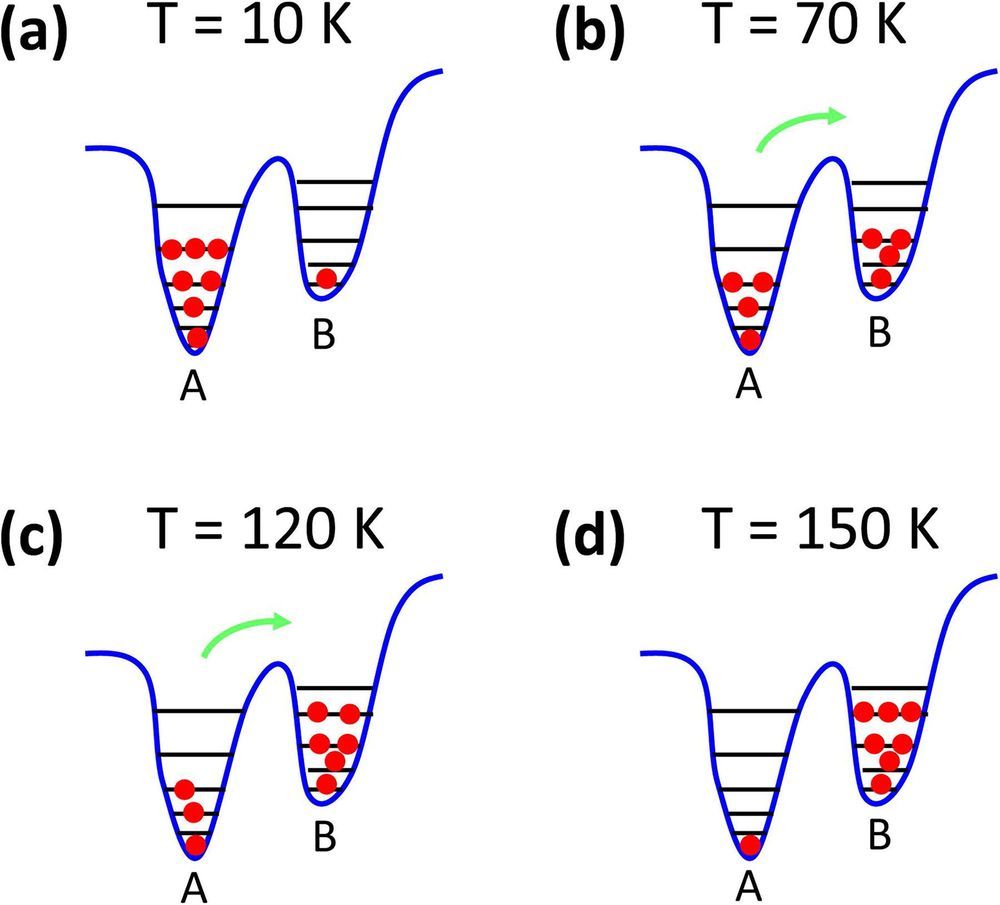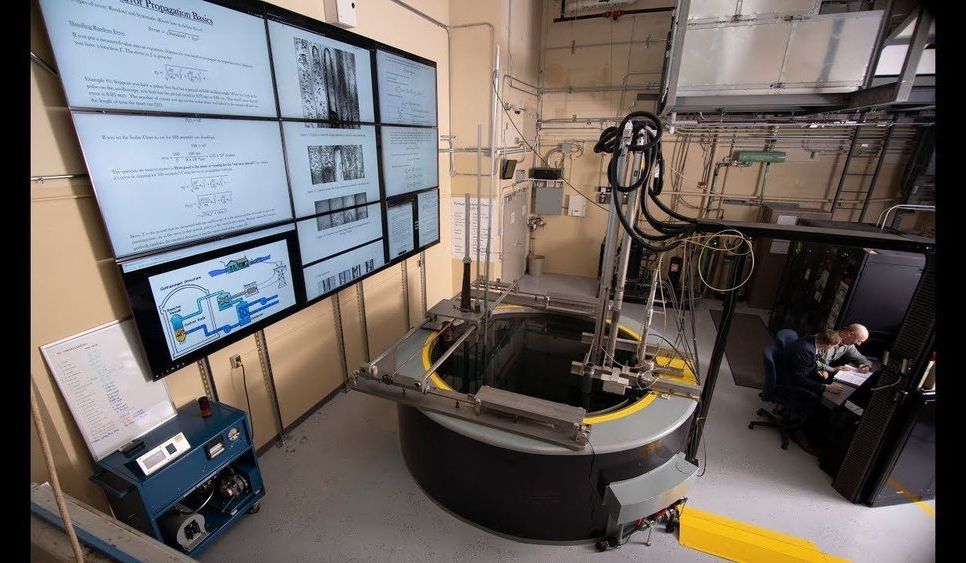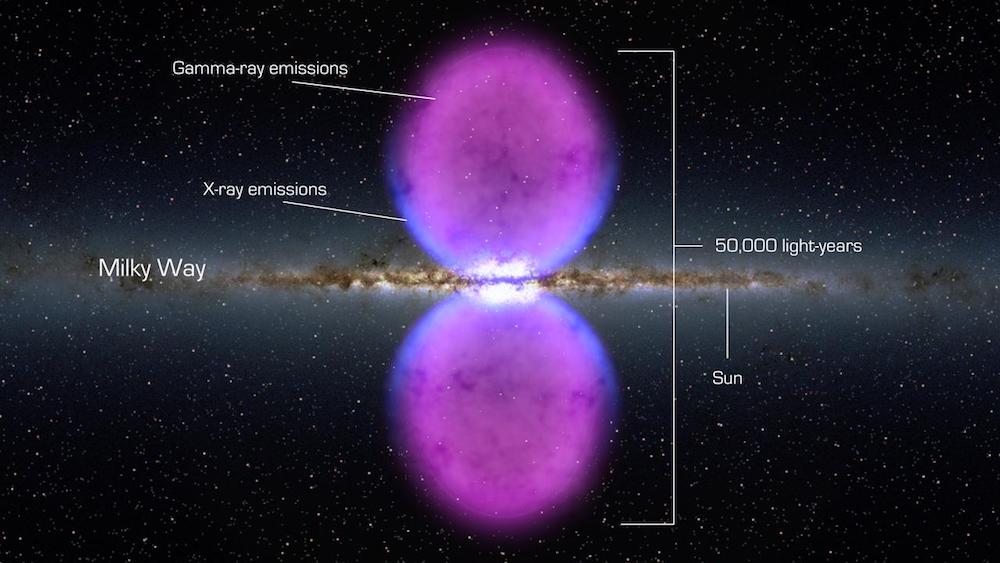Sep 5, 2019
Future of LEDs gets boost from verification of localization states in InGaN quantum wells
Posted by Genevieve Klien in categories: computing, quantum physics
Light-emitting diodes made of indium gallium nitride provide better luminescence efficiency than many of the other materials used to create blue and green LEDs. But a big challenge of working with InGaN is its known dislocation density defects that make it difficult to understand its emission properties.
In the Journal of Applied Physics, researchers in China report an InGaN LED structure with high luminescence efficiency and what is believed to be the first direct observation of transition carriers between different localization states within InGaN. The localization states were confirmed by temperature-dependent photoluminescence and excitation power-dependent photoluminescence.
Localization states theory is commonly used to explain the high luminescence efficiency gained via the large number of dislocations within InGaN materials. Localization states are the energy minima states believed to exist within the InGaN quantum well region (discrete energy values), but a direct observation of localization states was elusive until now.


















